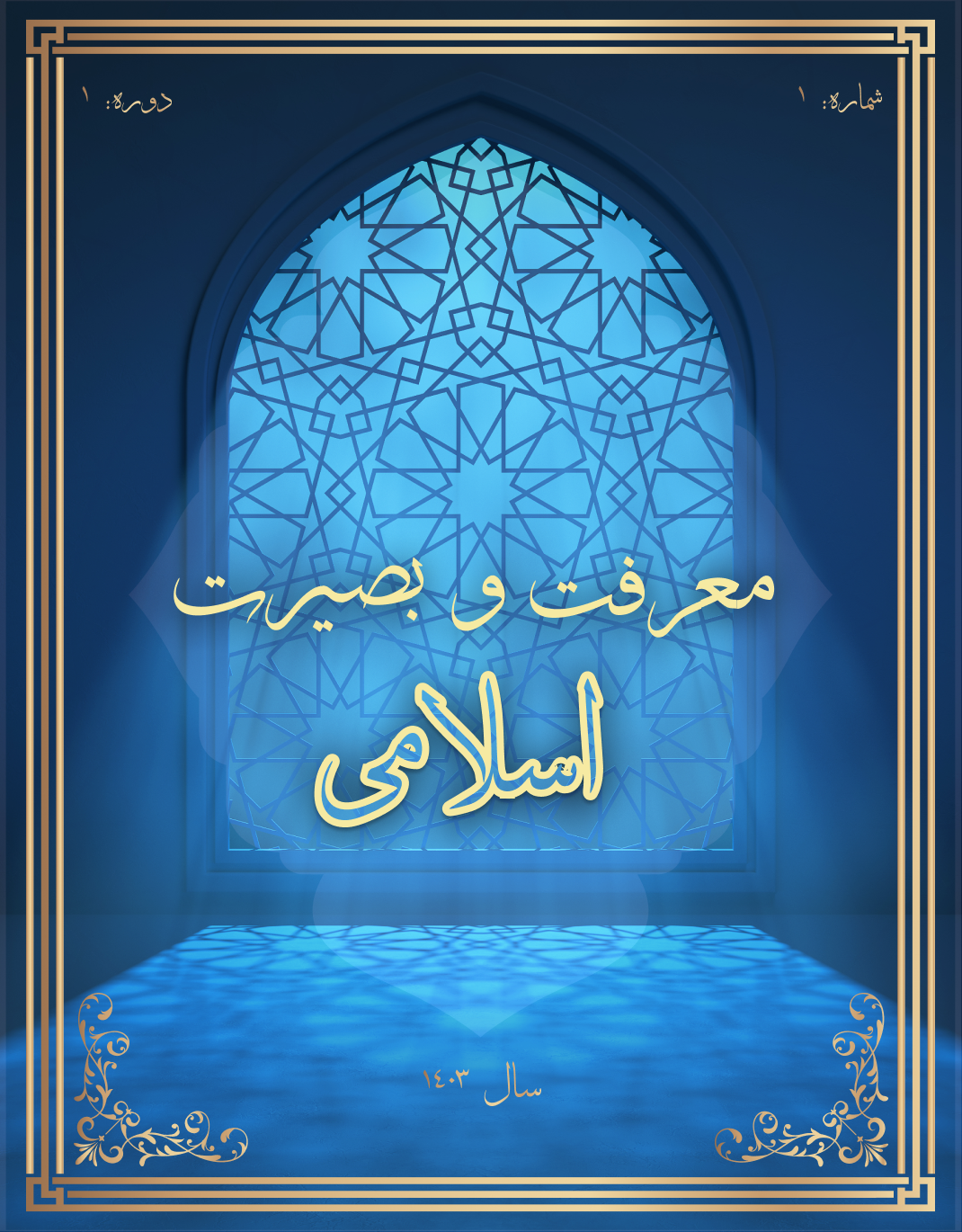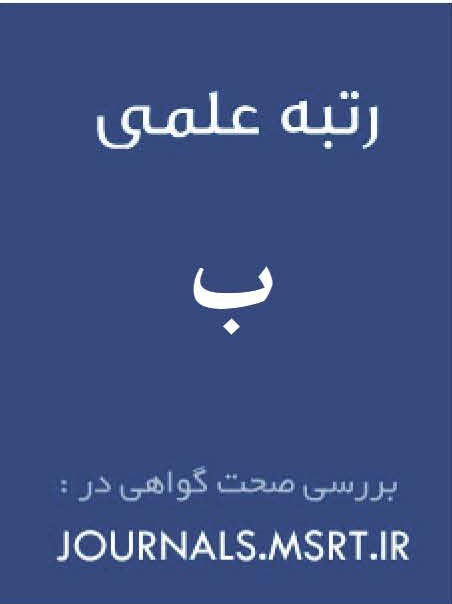Analysis of the Impact of the Theory of Substantial Motion on the Interpretation of the Verses of Creation in Tafsir al-Qur’an al-Karim by Mulla Sadra
Keywords:
Mulla Sadra, Substantial Motion, Tafsir al-Qur’an al-Karim, Verses of Creation, Dynamic Understanding of CreationAbstract
In Tafsir al-Qur’an al-Karim by Mulla Sadra, the theory of Substantial Motion (al-harakah al-jawhariyyah) not only plays a key role in explaining the verses of creation but also exerts a fundamental influence on his interpretive approach toward these verses. This theory guides Mulla Sadra’s perspective away from a literal and static understanding of creation toward a dynamic and continuous conception of existence. Based on his understanding of Substantial Motion, which emphasizes “the continuous movement of existence, the intrinsic renewal of being, and the instability of essences,” Mulla Sadra interprets the Qur’anic verses related to “the emergence of human states and transformations” as well as “the changes in the conditions of the heavens and the earth” not as fixed or singular occurrences, but as reflections of an ongoing existential and transformative process. This profound influence enables him to move beyond the realm of mere words into the very fabric of beings and phenomena. Through his illuminative (kashfi) methodology, he attains philosophical–mystical interpretations that signify an eternal and flowing creation, consciously avoiding the pitfalls of imaginative conjecture and figurative reduction, which he regards as erroneous and impermissible. Accordingly, Substantial Motion empowers Mulla Sadra to employ deeper metaphysical meanings, offering a philosophical and mystical exegesis of the verses of creation that transcends all static interpretations. In his view, the universe itself becomes a living and ever-renewing sign (ayah) of divine lordship.
Downloads
References
Akbarian, R. (2007). Substance (Jawhar) from Mulla Sadra's Viewpoint. Journal of the Faculty of Literature and Human Sciences, Isfahan University(51).
Akhavan Sarraf, Z. (2006). Exegeses of the Commentators: Mulla Sadra's Exegesis and a Comparison of its Narrative, Rational, and Intuitive Dimensions. Bayyenat Journal(51).
Gorjian Arabi, M. M. (2005). Sadra's Substantial Motion and its Influence on his Views in the Exegesis of the Holy Quran. Scientific-Research Quarterly of the Iranian Association of Islamic Teachings, 1(3), 75-90.
Khoshdel Rouhani, M. (2007). The Continuous Temporal Origination of the Fluid World from Sadr al-Muta'allihin's Perspective and its Comparison with the Theory of Nominal Origination by Hakim Sabzewari. Quarterly Journal of Islamic Philosophy and Theology, Ayineh Ma'refat(11).
Mohabbati, M. (2024). The Manifestation of Absolute Existence in the Mirror of Creation from Mulla Sadra's Perspective. Āyīn-e Ḥikmat Quarterly(Serial 62).
Mohammad Alizadeh, J. (2012). The Relationship Between the Levels of Man and the Levels of Existence from Mulla Sadra's Viewpoint. Bi-quarterly Journal of Religious Anthropology, 9(27).
Mostafavi, Z. (2013). Six-Day Creation and Substantial Motion: A Study of the Philosophical Wisdom Quarterly. Philosophical Wisdom Quarterly, 1(2), 91-98.
Mulla Sadra, M. I. (1987). Exegesis of the Holy Qur'an (Vol. 1-7). Bidar Publications.
Mulla Sadra, M. I. (1996). Divine Witnesses (Translated by J. Muslih ed.). Soroush Publications.
Mulla Sadra, M. I. (2005). The Four Journeys (Translated by M. Khajavi ed., Vol. 1-3). Mawla Publications.
Downloads
Published
Submitted
Revised
Accepted
Issue
Section
License
Copyright (c) 2025 Masoud Khazaei khalilabad (Author); Abdolreza Jamalzadeh; Hossein Yazdi (Author)

This work is licensed under a Creative Commons Attribution-NonCommercial 4.0 International License.







